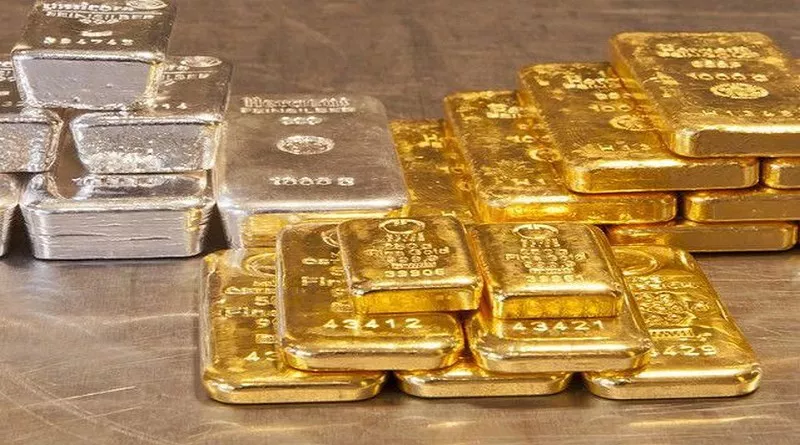Ghana expects to generate $12 billion annually from small-scale gold mining if output doubles as planned, driven by soaring international gold prices and increased artisanal production.
Gold exports have surged, largely fueled by small and artisanal mines. To boost foreign currency reserves and curb black-market trading, the government established a regulator this year to oversee all gold buying and selling.
“Our target is to increase weekly gold purchases to over 3 tons, up from 1.5 tons in January,” said Sammy Gyamfi, CEO of the Ghana Gold Board. “We anticipate bringing in around $6 billion by year-end and reaching $12 billion in annual inflows starting next year.”
As Africa’s top gold producer, Ghana is capitalizing on gold’s rise—currently trading near $3,300 an ounce after record highs in the past year. Despite being excluded from international capital markets following a 2022 debt default, gold remains the country’s largest foreign-exchange earner.
Exports jumped more than 50% to $11.6 billion last year, with small-scale mining increasing its share from one-third to over 40% of total output. Total gold production in 2024 reached 151 tons, with 66 tons produced by small-scale miners.
However, this growth has also spurred black-market activity. To combat smuggling, the regulator has intensified gold purchases from artisanal miners, according to Gyamfi.
The expected boost in small-scale gold revenues is poised to positively impact inflation, GDP, and Ghana’s foreign debt profile.


